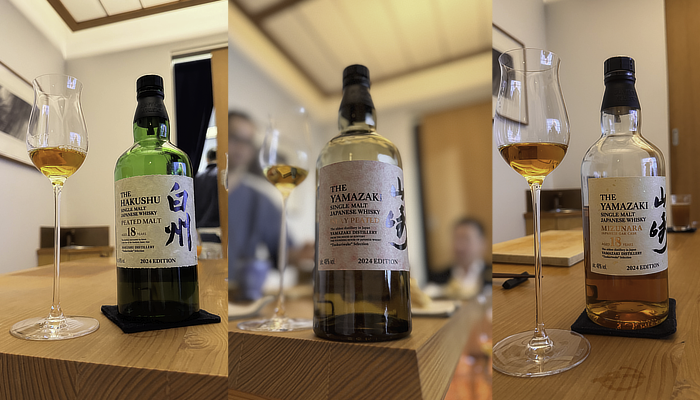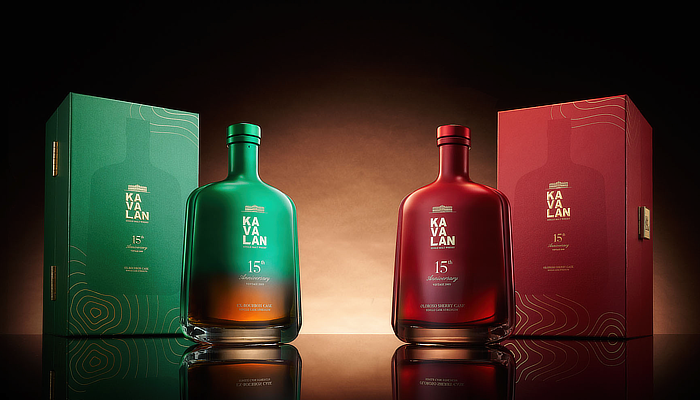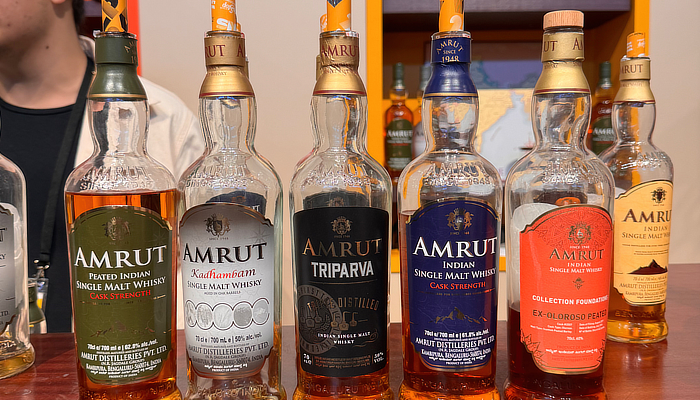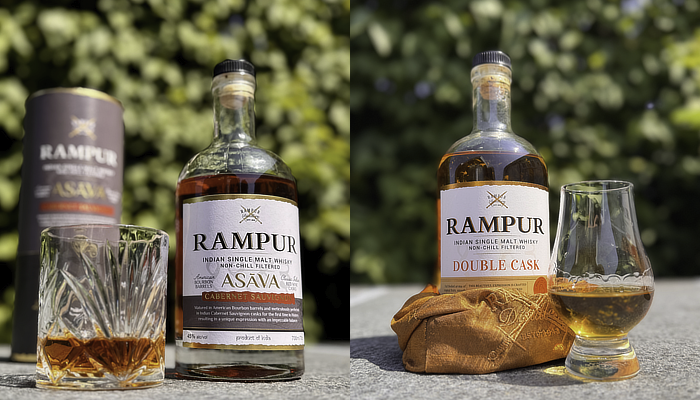Warehouse
Deadline
October 22, 2026
Judging
Date
November 11, 2026
Winners
Announcement
November 26, 2026

Asian whisky is becoming an important part of the global spirits market. Producers in Japan, Taiwan, India, Korea, and China are developing whiskies that not only reflect their local climate and culture but also compete directly with established Scotch, Irish, and American whiskies.

To discuss these shifts, we spoke with Andreas Lykke, the voice behind TheDailyWhisky. With over 274K followers, his platform is one of the largest whisky-focused communities globally, giving him a standpoint on what’s resonating with both the consumers and the trade.
Edited excerpts from the interview.
My journey into whisky really started with my father. He introduced me to whisky, and that inspiration grew into a passion I wanted to share. When I started posting online, it wasn’t just about showing bottles; it was about sharing whisky with a wider audience.
Today, the mission has evolved: I want to bring more young people into whisky culture and show that it’s not old-fashioned, but modern and versatile. Whisky has so much to offer, and sharing that diversity is what keeps me motivated.

Japanese whisky has a lightness and finesse that allows you to keep discovering new layers of flavour. Building on the foundation of Scottish whisky, they have developed a great deal, bringing a certain perfectionism and Japanese culture to whisky.
Where some Scottish or American whiskies can be powerful and intense, Japanese whisky feels like a quiet conversation. And what we find particularly unique is their choice of casks, made with mizunara oak—a very porous type of wood. In recent years, the whole world has been excited about mizunara casks, which have sparked great interest in others to do the same.

Taiwanese whisky is particularly distinctive due to the climate. The warm, humid conditions allow for faster maturation, resulting in intense, fruity aromas and a deeper complexity in less time than in Scotland, for example. The taste often has a tropical sweetness and a silky smooth texture.
Kavalan Distillery—especially their Lan bottling—showcases all these positive aspects. We were also recommended the Omar Single Malt, but we will have to investigate, as the Omar distillery may be harder to find than the Kavalan bottles.
India's warm climate allows the whisky to mature more quickly, which can be seen as a major advantage rather than a challenge. The climate means that the casks work more intensely with the whisky, resulting in rich, complex flavour profiles in less time. Where a Scotch whisky may take decades to develop depth, an Indian whisky can achieve a similar intensity and maturity in less than half the time.

I think this gives Indian whisky a unique identity and an exciting role on the international scene. Distilleries such as Amrut, Paul John, Rampur, and Indri are already leading the way in this aspect.
Korea is still in the early stages of its whisky journey, but Korean producers are also daring to experiment and find their own way, while also honouring traces of both Japanese and Scottish traditions.
A good example is KOI One Distillery, which we met at the whisky show in London and later tasted three different whiskies from. They have just launched a whisky highball mix—a way of drinking that is deeply rooted in Asian whisky culture while also being novel. Considering that this isn’t how whisky is typically drunk in Europe or the United States, it shows that Korea is not only borrowing traditions but also contributing to whisky culture.
I see China as both a huge consumer and a potentially exciting producer. China is already one of the world's most influential whisky markets. They can consume enormous quantities themselves, so the question is whether their own whiskies will be available internationally at all. Regardless, China will undoubtedly play a central role in how whisky trends develop globally.

It wasn’t a single bottle that surprised us, but an entire region. We had already tasted plenty of Japanese whiskies and knew their reputation for elegance, but Indian whisky was something completely new. The first time we tried it at the Whisky Show in London, it was a real eye-opener. We were blown away by the tropical flavor palette – rich, vibrant, and unlike anything we had expected.
Our very first drams were from Rampur and Indri, and those tastings set the tone for our journey into Indian whisky. Since then, we’ve explored Amrut and Paul John, which only reinforced our impression that India has something truly special to offer. It showed that whisky is much bigger and more diverse than many imagine, and that new whisky regions can absolutely stand shoulder to shoulder with the established names.
We try to strike a balance between the classics and the unexpected. Of course, Scotland takes up a big part of our journey, but our real passion is to explore the whole world of whisky. That means everything from Australia, India, and Japan in Asia, to exciting distilleries across Europe, as well as both North and South America.
For us, by sharing both the well-known and the hidden gems, we hope our audience can discover new regions, new styles, and learn from one another’s experiences. Every bottle has a story, and that diversity is what makes whisky culture so rich.
For followers who are just getting into Asian whisky, I think the most important thing is to approach it with curiosity and an open mind. Many people are familiar with Japanese whisky, but Asia as a whole has so much more to offer, and each country brings its own character and story into the glass. The best way to explore is by trying whiskies you may not have heard of before. Some distilleries that really stand out for us are Koi One from South Korea; from India, Indri, Amrut, Paul John, and Rampur; and of course, Kavalan from Taiwan.
Each of these distilleries represents a different side of what Asian whisky can be, while highlighting how diverse and dynamic the region has become. My advice is simple: pick up a dram you’ve never tried before, and allow yourself to be surprised.
Grow In Thailand, Vietnam, South Korea, Japan, Singapore, and Other Asian Countries With Asia Wine Ratings. 2025 Results are now live. View Results